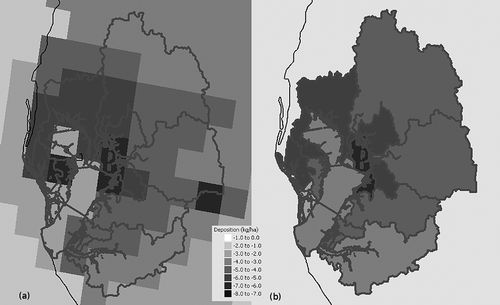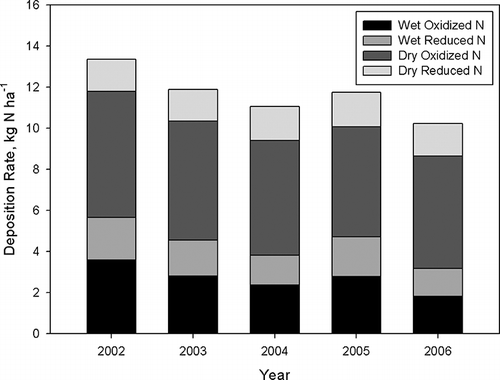Figures & data
Figure 1. Tampa Bay and its watershed. Black outlines indicate watershed basin and bay segments boundaries, and darker shading shows municipal boundaries for major cities.

Figure 2. Watershed Deposition Tool (WDT) display for 2002 atmospheric reactive nitrogen (N) deposition by basins and bay segments within Tampa Bay's watershed.
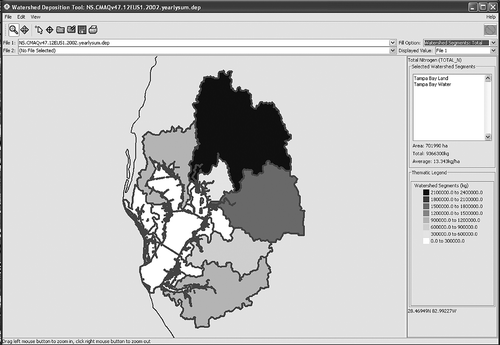
Figure 3. Reactive nitrogen (N) atmospheric deposition rates for Tampa Bay and its watershed from 2002 CMAQ model simulations: (a) gridded N deposition rates (kg N ha−1); (b) average N deposition rates by watershed basin and bay segment (kg N ha−1).
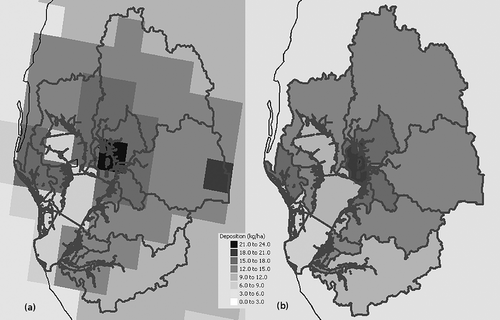
Table 1. Estimated 2002 direct and indirect atmospheric N loading rates within Tampa Bay's watershed. Water area includes embayment, canals, and major tributaries apportioned by bay segment; land area includes watershed drainage surface by bay segment
Table 2. Modeled atmospheric deposition (AD) and total N loading to Tampa Bay, 2002–2006
Table 3. Statistics to assess agreement between modeled versus observed monthly rainfall and wet N deposition rates for observations made at NADP's Gandy Bridge site (FL18) for 2002 to 2006. Units are cm on mean modeled, mean observed, and RMSE precipitation; units are kg N ha−1 mo−1 on mean modeled, mean observed, and RMSE deposition rates
Table 4. Statistics to assess agreement between modeled versus observed monthly rainfall and wet N deposition rates for observations made at NADP's Verna Wellfield site (FL41) for 2002 to 2006. Units are cm on mean modeled, mean observed, and RMSE precipitation; units are kg N ha−1 mo−1 on mean modeled, mean observed, and RMSE deposition rates
Figure 4. Atmospheric average (a) dry and (b) wet N deposition rates (kg N ha−1) for Tampa Bay and its watershed, by watershed basin and bay segment, from 2002 CMAQ model simulations.
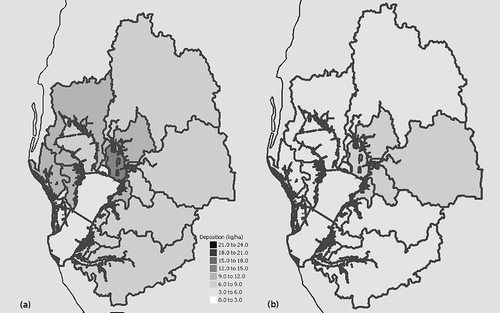
Figure 5. Atmospheric average (a) oxidized and (b) reduced N deposition rates (kg N ha−1) for Tampa Bay and its watershed, by watershed basin and bay segment, from 2002 CMAQ model simulations.
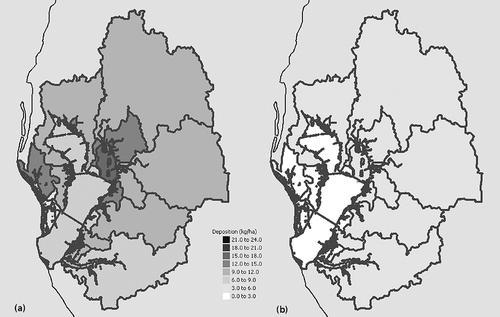
Figure 7. CMAQ-modeled 2002–2006 monthly average wet and dry N deposition rates for Tampa Bay and its watershed.
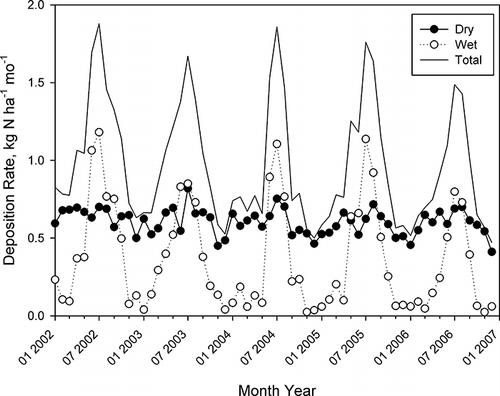
Figure 8. Comparison of CMAQ-modeled and observed precipitation rates for NADP's (a) AIRMoN site at Gandy Bridge (FL18) and (b) NTN site at Verna Wellfield (FL41).
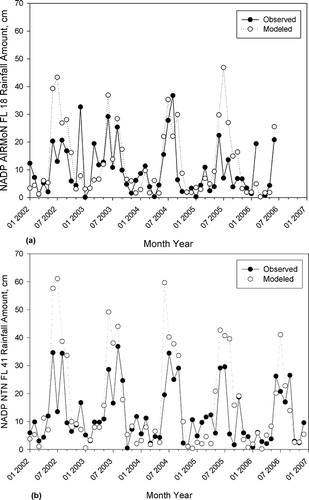
Figure 9. Scatter plots of CMAQ-modeled and observed (a) precipitation rates, (b) oxidized N wet deposition rates, and (c) reduced N wet deposition rates for NADP's NTN Verna Wellfield (FL41) site.
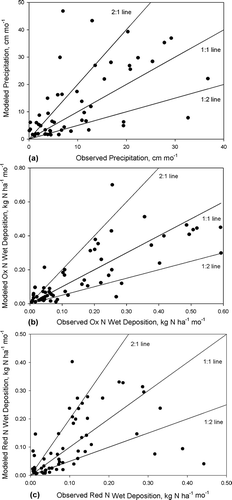
Figure 10. Comparison of CMAQ-modeled and observed atmospheric N wet deposition rates for NADP's (a) AIRMoN site at Gandy Bridge (FL18) and (b) NTN site at Verna Wellfield (FL41).
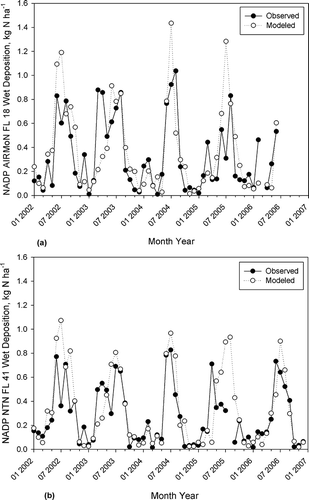
Table 5. Comparison of annual average CMAQ-modeled and measurement-based direct dry deposition rates to Tampa Bay for 2002–2003
Table 6. Spreadsheet calculation of combined uncertainty for atmospheric N loading to Tampa Bay using Equationeq 6, where 
Figure 11. CMAQ-modeled changes in watershed N deposition for 2002 base case and 2020 future scenario emissions for Tampa Bay and its watershed, processed with WDT from CMAQ 2002 12-km gridded scale output: (a) change in gridded N deposition rates (kg N ha−1); (b) change in average N deposition rates by watershed basin and bay segment (kg N ha−1).
